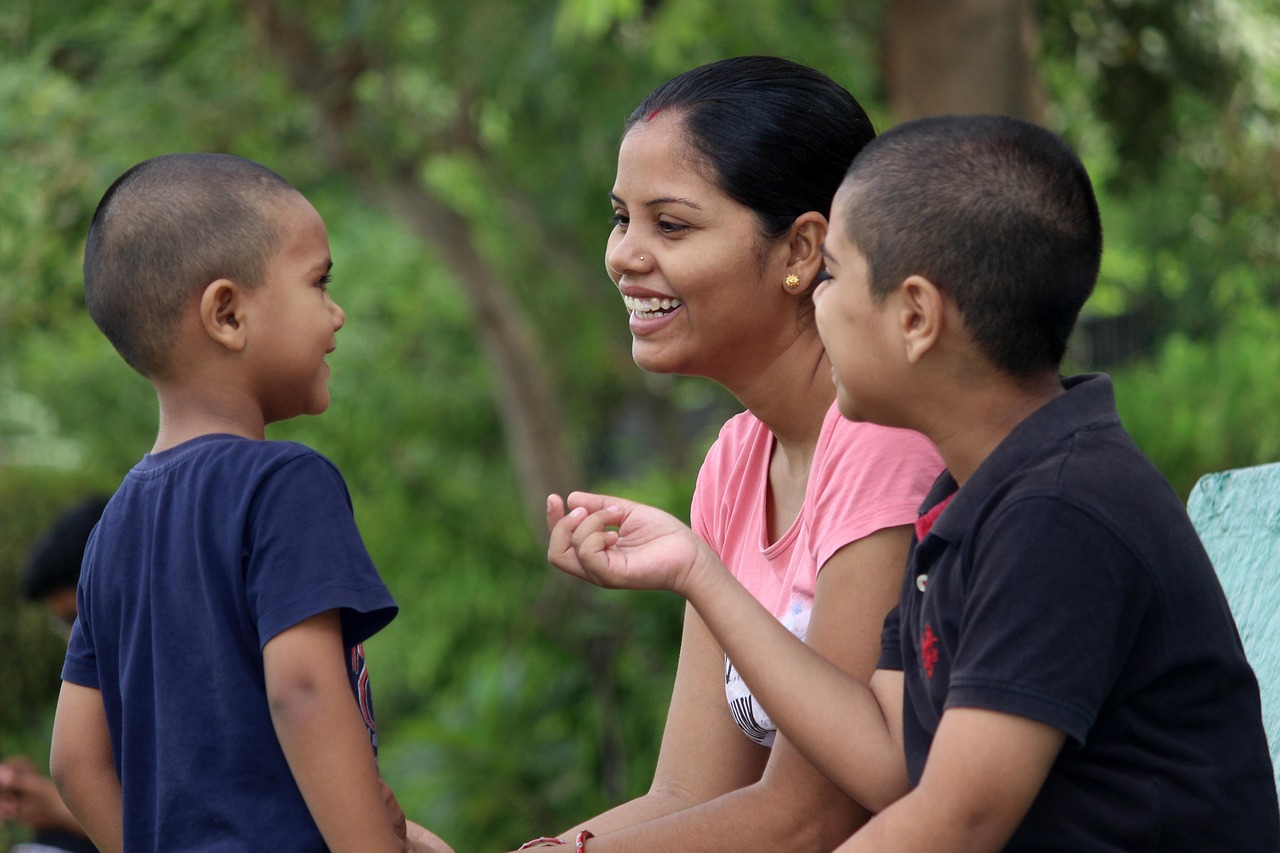Supporting Non-Verbal Children: More Than Words

The Communication Barrier
Parents and teachers often feel helpless when a child cannot use words to express themselves. Frustration builds, leading to behaviour challenges—not because the child refuses, but because they lack a way to communicate.
What Non-Verbal Communication Looks Like
-
Gestures (pointing, pulling your hand)
-
Facial expressions or eye contact
-
Sounds or vocalisations
-
Use of pictures, objects, or technology
Strategies That Empower Non-Verbal Children
-
Start with Visuals
Use picture cards for daily needs like food, play, and the bathroom. -
Celebrate All Communication
A look, a hand squeeze, or a sound is meaningful—acknowledge it. -
Use AAC (Augmentative and Alternative Communication)
Apps, devices, or communication boards give children a “voice” that suits their abilities. -
Teach Peers and Family
Show siblings and classmates how to use the same tools so the child is included, not isolated.
How Resilient Essence Helps
We create custom visual packs for non-verbal children that reflect their unique interests and daily needs. These tools have helped children transition successfully into mainstream schools and participate more fully in family life.
Final Thought
Non-verbal does not mean silent. Every child has a voice—it just may look different. With the right tools, you can unlock it.